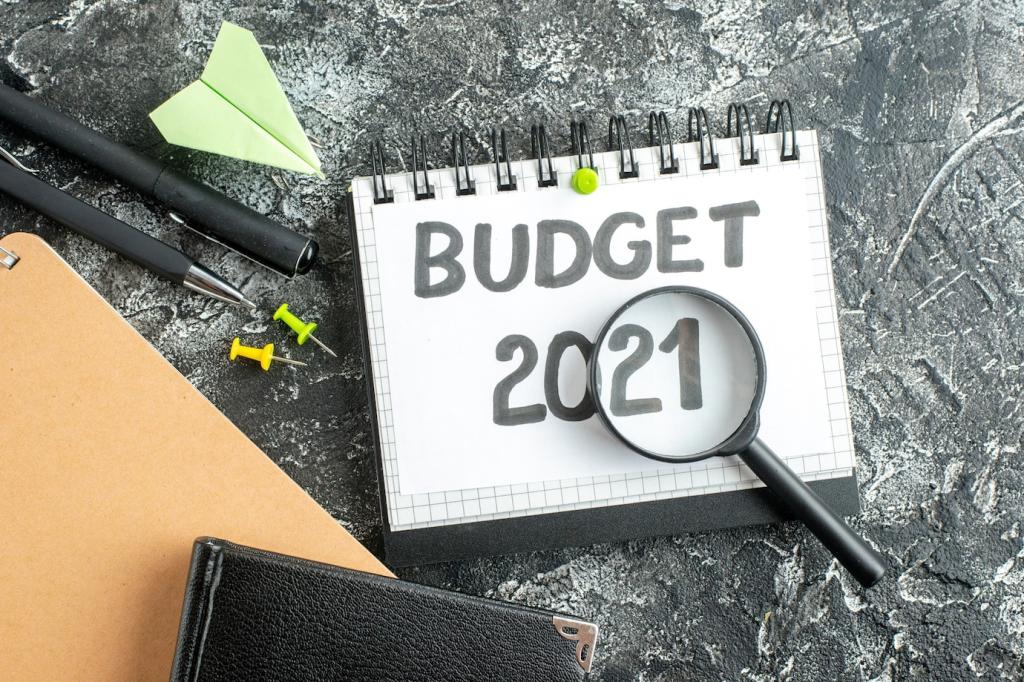AI and Algorithms in Budget Management: Smarter Money, Real-Life Results
Chosen theme: AI and Algorithms in Budget Management. Welcome to a friendly space where data meets everyday decisions, and algorithms help your paycheck breathe. Explore practical tips, human stories, and actionable workflows—then subscribe, share your experiences, and help us refine smarter budgeting together.


This is the heading
Lorem ipsum dolor sit amet, consectetur adipiscing elit. Ut elit tellus, luctus nec ullamcorper mattis, pulvinar dapibus leo.

This is the heading
Lorem ipsum dolor sit amet, consectetur adipiscing elit. Ut elit tellus, luctus nec ullamcorper mattis, pulvinar dapibus leo.
Core Techniques: Forecasting, Classification, and Optimization
Time-series models smooth noisy spending to anticipate cash needs. They handle pay cycles, annual renewals, and seasonal spikes like holidays. Even simple moving averages and Prophet-style trend components can reveal cushion requirements and prevent overdraft fees before they threaten your month.


Core Techniques: Forecasting, Classification, and Optimization
Merchant names hide patterns. Text features, merchant category codes, and past behavior train a classifier that separates essentials from nice-to-haves. False positives happen, so you review and correct labels. Each correction improves accuracy, teaching the model your unique values and constraints.
Taming Messy Descriptions and Merchant Names
Raw statements are chaotic: caps, abbreviations, and random IDs. Use simple rules, regex, and merchant dictionaries to normalize names, then map them into stable categories. Consistent labels turn chaotic histories into comparable time series that reveal trends you can finally act on.
Feature Engineering for Personal Finance
Create rolling averages for groceries, mark paydays, and tag seasonal months. Add flags for subscriptions, annual renewals, and cash withdrawals. These features help models understand context, reducing surprise spikes and making recommendations that respect your calendar, habits, and real-life commitments.
Privacy and Security First
Local-first processing, encrypted backups, and minimal permissions protect your data. Rotate API keys, avoid sharing raw exports, and use read-only connections when possible. Your financial life is sensitive, so guard it fiercely—and tell us how you’d like privacy covered in future posts.

Human-in-the-Loop Budgeting
Spend fifteen minutes weekly to confirm categories, merge duplicates, and tag outliers. These tiny corrections power active learning, cutting future errors dramatically. Over time, your model becomes a trustworthy assistant that understands intent, not just numbers, because you taught it patiently.
Tools and Workflows You Can Try Today
Begin in a spreadsheet: import transactions, normalize names, and track categories with clear rules. Add a lightweight notebook to forecast recurring bills. This approachable setup builds confidence, offering immediate wins before you automate anything complex or connect to external services.
Tools and Workflows You Can Try Today
Export monthly CSVs or use a read-only bank connection. Schedule scripts to categorize, forecast, and generate a short briefing. Keep logs and versioning so changes are transparent. Start manual, automate only the boring parts, and never sacrifice control for convenience or speed.




Measuring Success and Staying Accountable
Focus on a few metrics: savings rate trend, debt payoff velocity, forecast error, and category drift. Review monthly, then adjust goals. When numbers reveal a pattern, celebrate the insight, not just the result, because clarity is the engine of sustainable improvement.
Measuring Success and Staying Accountable
Set thresholds that escalate thoughtfully: a friendly hint, then an email, then a calendar block for a quick review. This keeps budgets on track without constant noise. Which alert would actually help you act faster? Tell us and we’ll prototype one.
